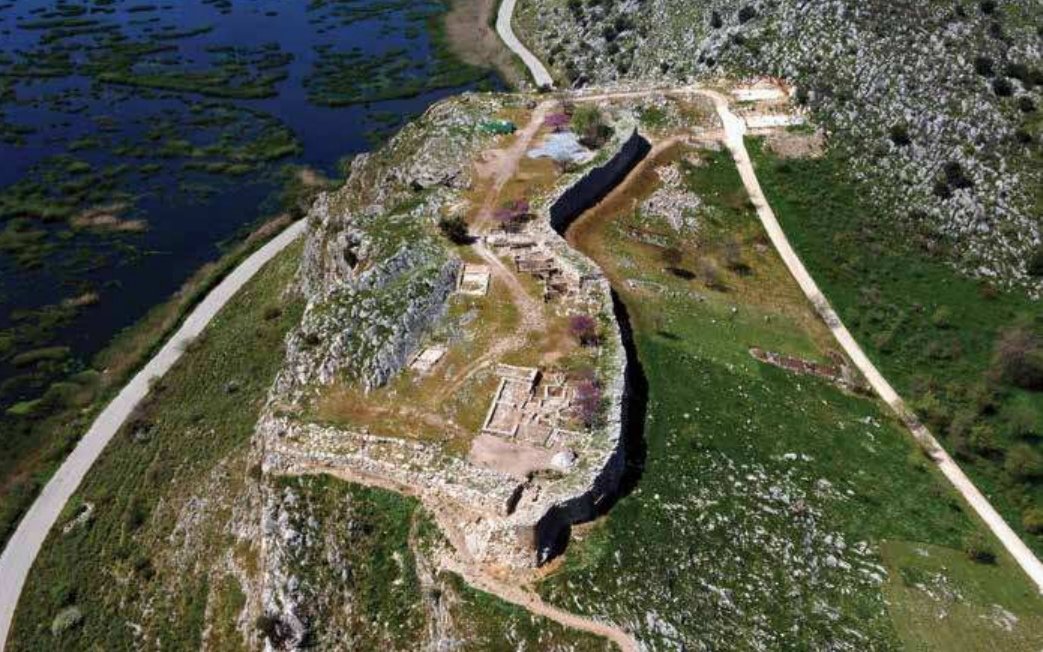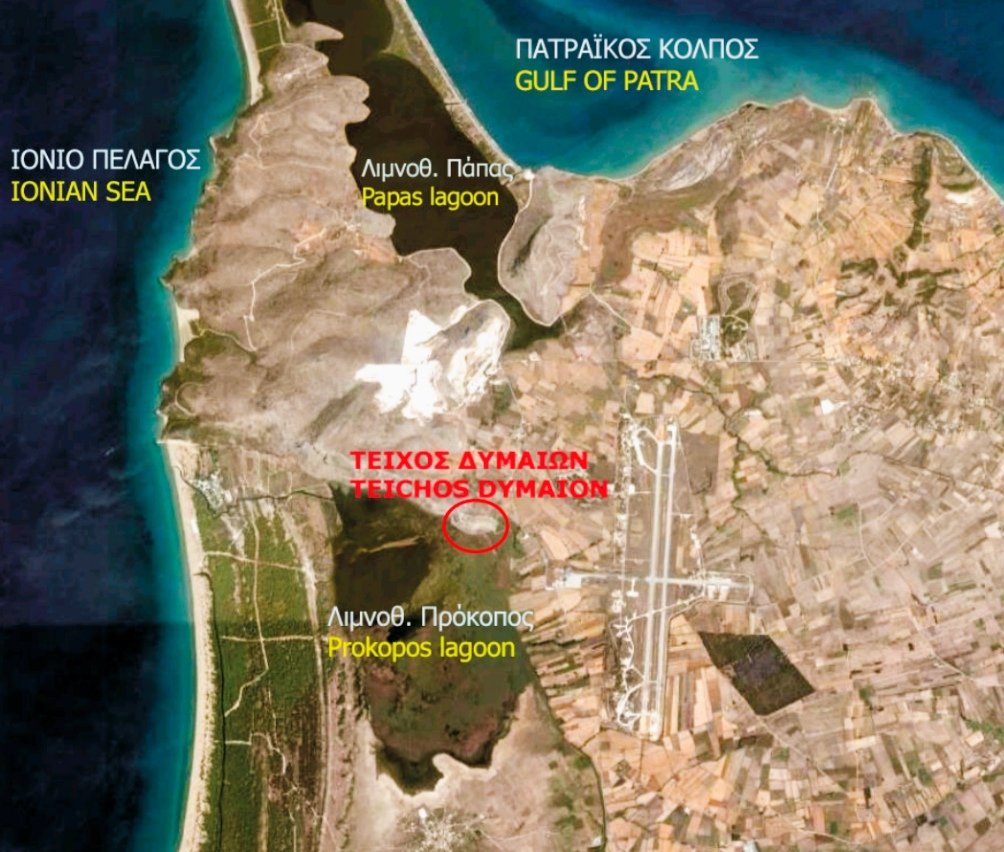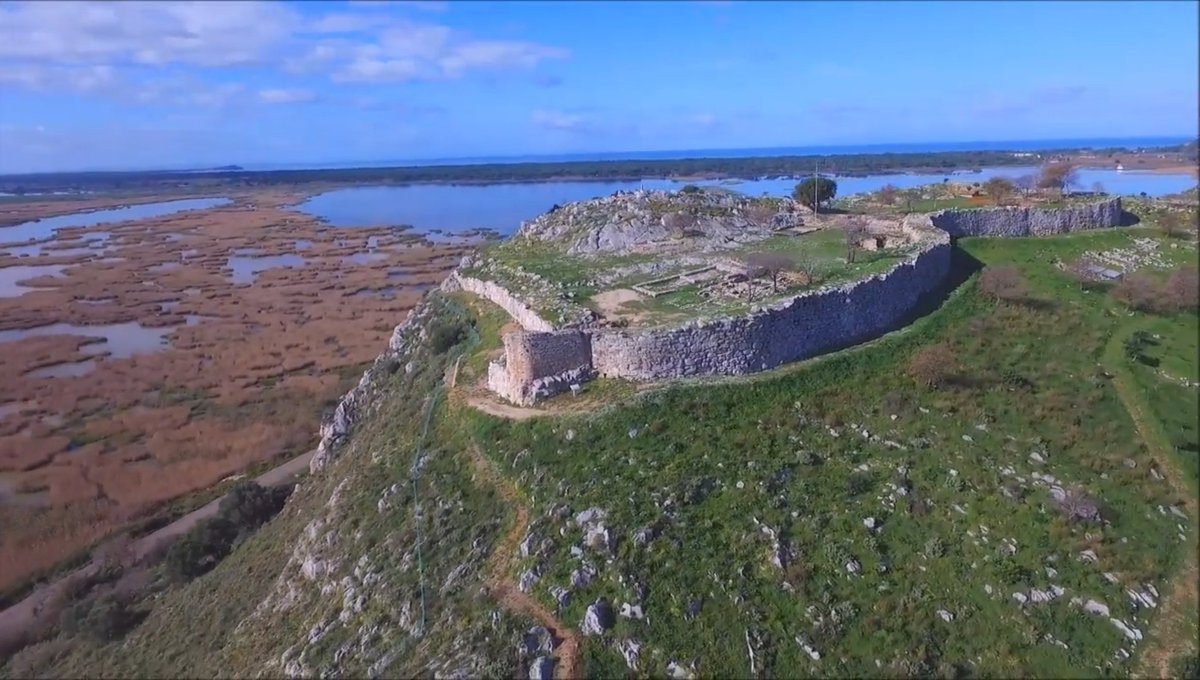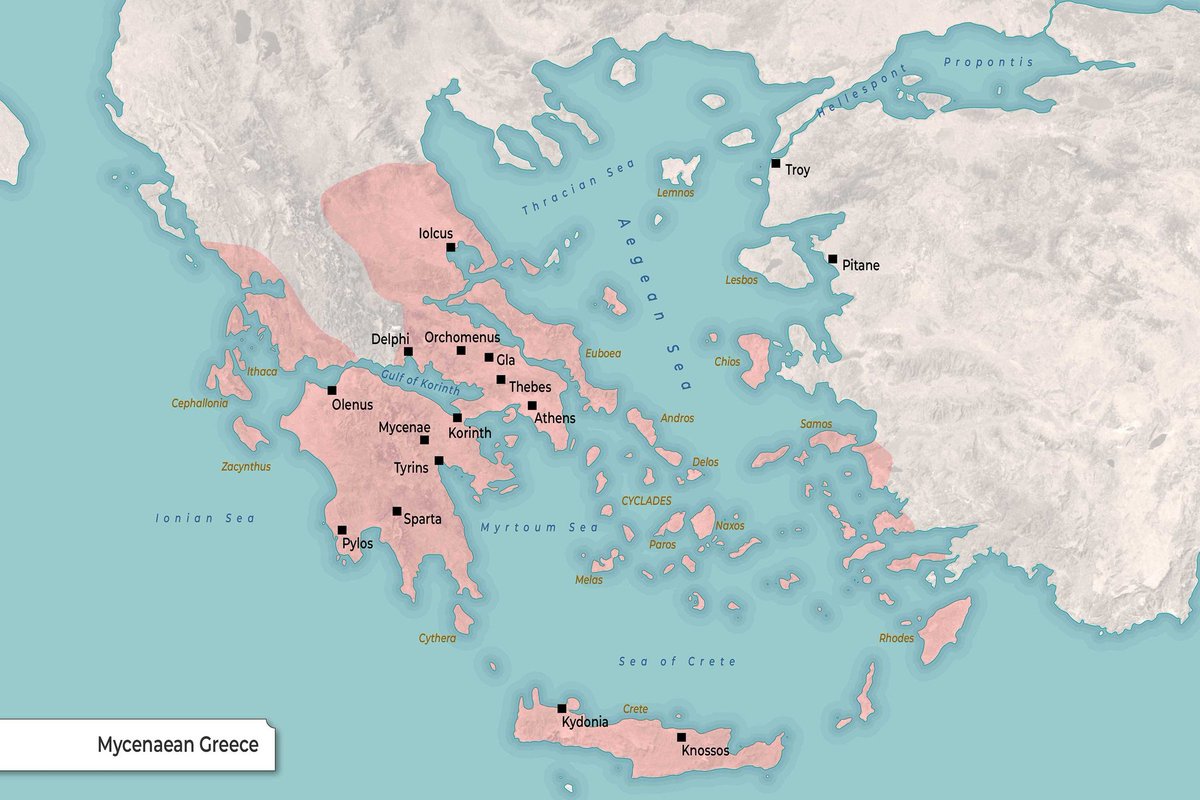1/ Mediterranean: our sea, our homeland-an enclosed deep sea basin, which due to its favorable coastal climate has been the cradle of leading world civilizations that have flourished since prehistoric times. But was the Mediterranean a place of bliss during the 2nd millennium BC? 

2/ The physical and bioclimatic conditions have changed little up to the present day with some shrinkage of forest and water resources. ➡️ 

➡️ During the 2nd millennium BC the inhabitants of the Mediterranean had to face more or less the same conditions and adversities within alternate periods of happiness and unhappiness. 

3/ Because where they had established a normal daily life, periodic earthquakes, famines, droughts and floods took back what he had laboriously created. For this reason the majority of prehistoric Mediterranean political, tribal or cultural entities had a short-lived character. 

4/Mainly the population was concentrated on the coasts and along fertile inland valleys,organized in agricultural communities and based for its survival on the cultivation of the Mediterranean triad:wheat,olives and vines with the addition of limited fishing and animal husbandry. 

5/ In order to increase the available arable land and pastures, the inhabitants of the Mediterranean proceed with a systematic deforestation and change of the land morphology (terraces) causing over time more intense floods, soil degradation and erosion. 



6/At the same time,the scattered small parcels of land where their continuous exploitation without fallow was imposed contributed to the worsening of the reduction of the fertility of the arable land and the constant search for new land, exacerbating the problem of deforestation. 

7/ The limited arable land led the inhabitants of the Mediterranean to engage in navigation and trade. However, this had a coastal and seasonal character, with the ships being put out into the open sea only when there were favorable winds and sea currents. 

8/ The ships did not travel from October to April, while navigation was closely linked to the crop cycle with sailors probably having the concept of a seasonal oarsman. In short, navigation was not a main occupation in the Mediterranean. 

9/ Thus we find a precarious local economy where it was affecting by a series of unpredictable factors. Until the middle of the 20th century ➡️ 

➡️ the communities of the Aegean lived an austere life working from dawn to dusk in the fields with their food consisting entirely of a handful of olives and some cheese. 

10/ It may be that the elites of the Minoan palaces of Crete and the Mycenaean courts of mainland Greece be displayed a refined culture and considerable wealth, but the vast majority of the population lived on the edge of survival in conditions of constant poverty. 

11/ Many times famines were occurring, which were either covering by the food aid of neighboring countries, or the affected areas were becoming fields of violent internal rebellions ➡️ 

➡️ or were converting into the prey of strong regional hegemonies. The destructions and migrations were a frequent occurrence. 

12/ Thus, natural and environmental factors contributed to the existence of a small Mediterranean population during the 2nd millennium BC, which was also pressuring by demographic limitations. ➡️ 

➡️ The child mortality, poor nutrition, daily hardships and especially the spread of deadly epidemics contributed to a short life span with what this entails in the economic and social functioning of local societies. 

13/ The visitor to the Mediterranean during the 2nd millennium BC may have been dazzled by the grandeur of some urban centers inhabited by members of the local elites and their followers, but the everyday life for the vast majority of the population was harsh and unforgiving. 



• • •
Missing some Tweet in this thread? You can try to
force a refresh
























